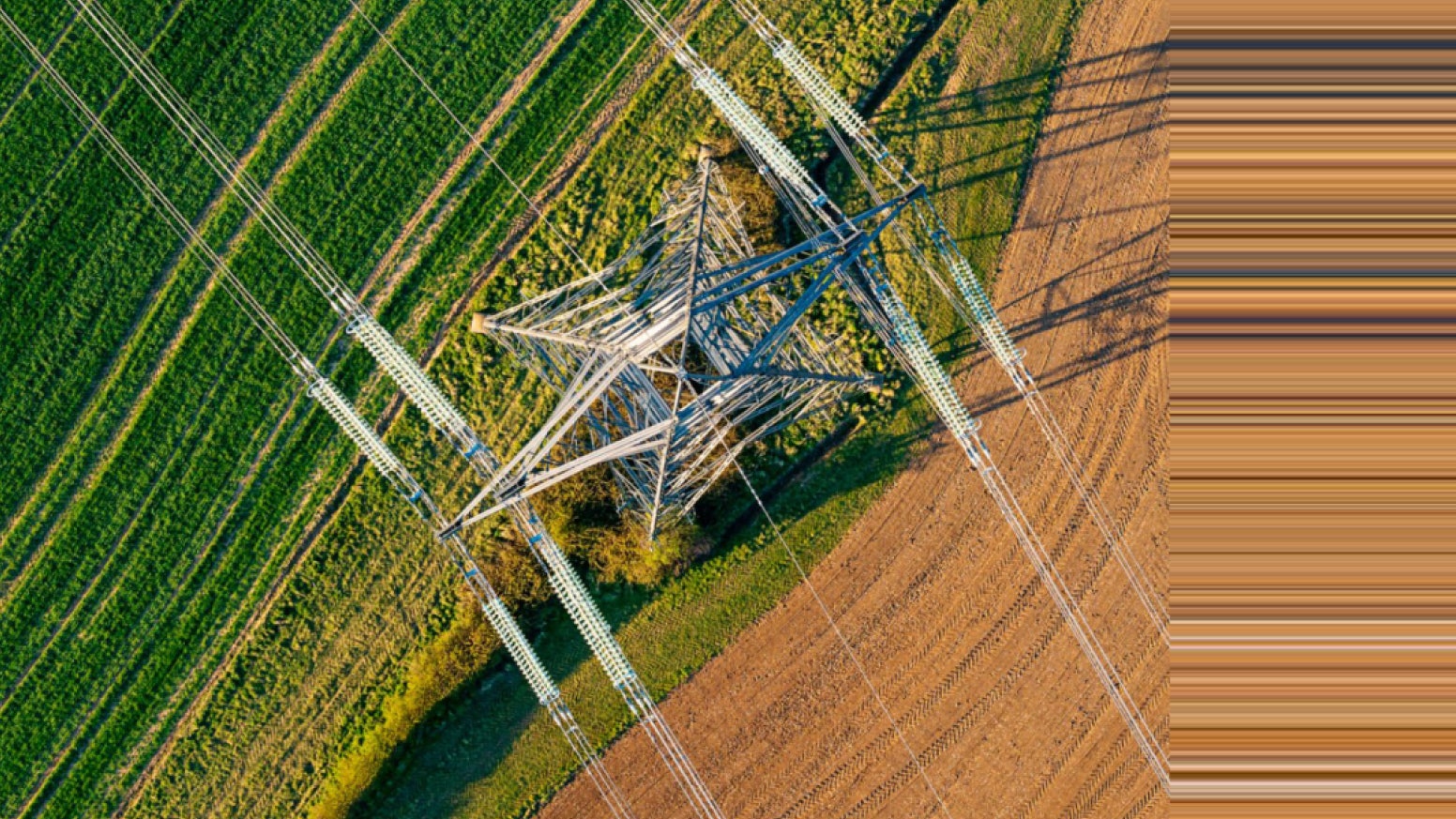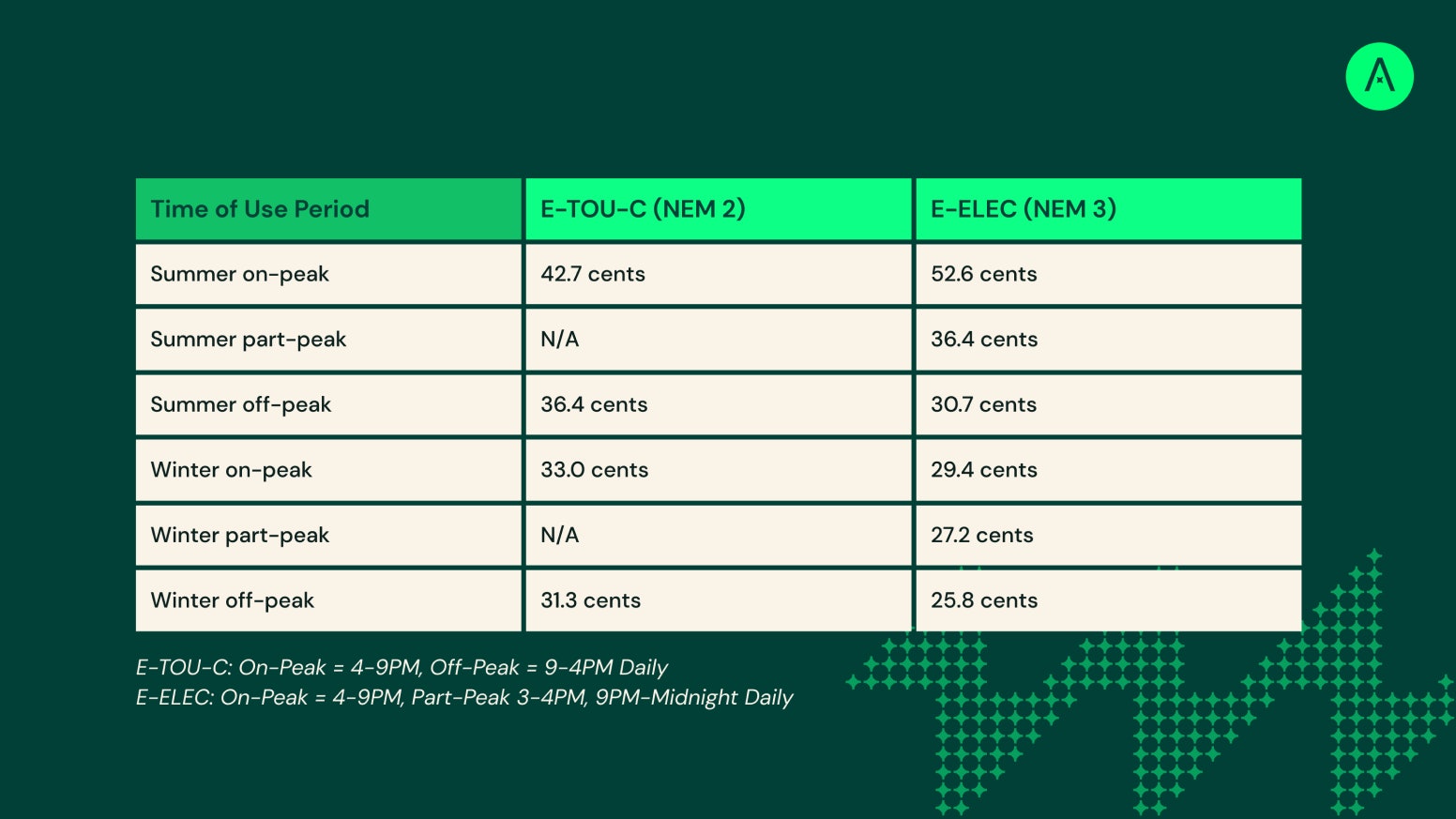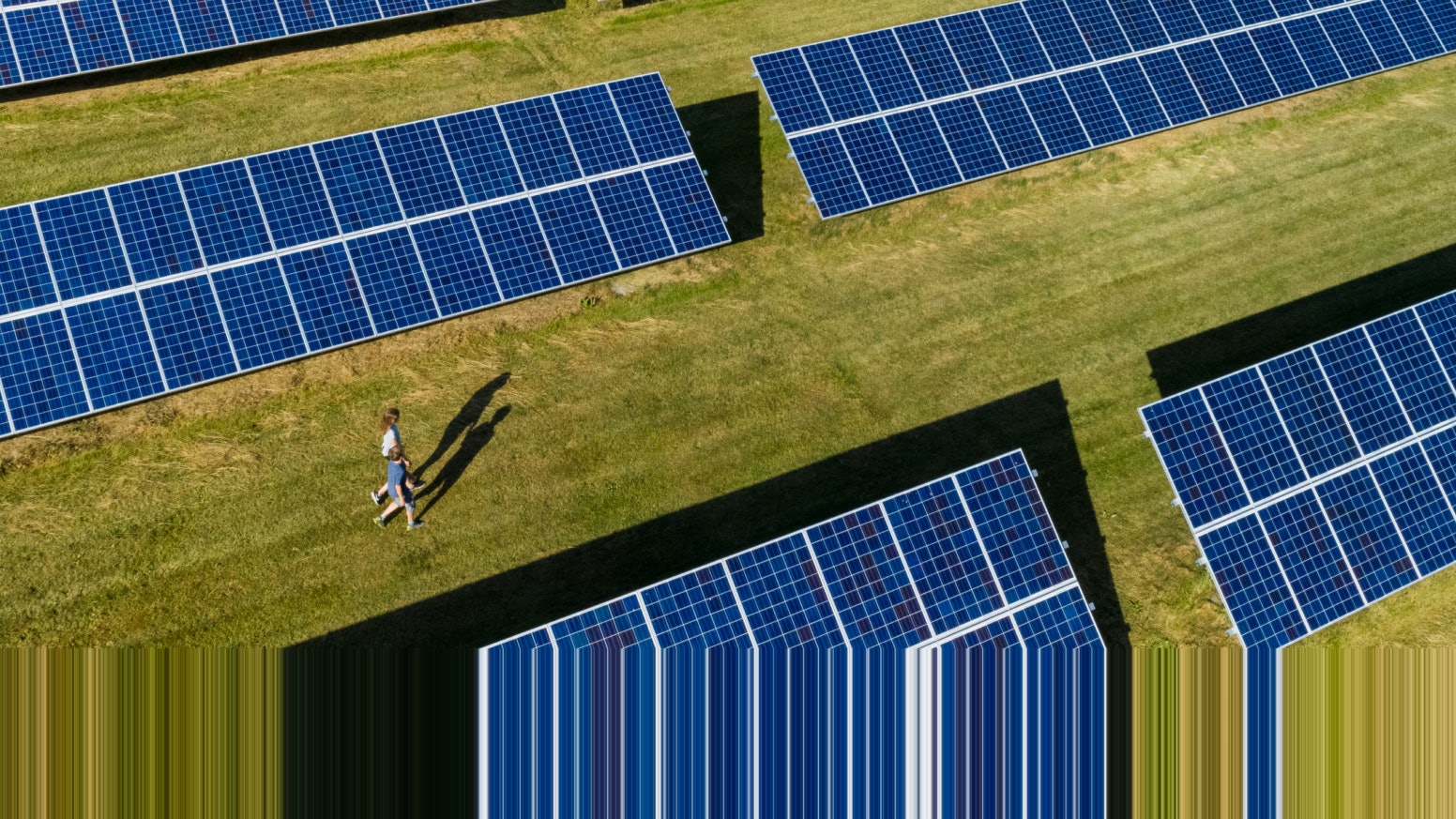California NEM 3.0 becomes law, rebranded as Net Billing

Updated 12/20/2022 based on the final ruling.
On December 16th, 2022 the California PUC released the final version of NEM 3.0 and in the process renamed the policy Net Billing. The new name was probably the biggest change in the final version but there were a few other tweaks and clarifications.
- The export adders for PG&E increased slightly, increasing customer savings.
- Fixed charges cannot be offset by export credits, decreasing customer savings.
- New construction is ineligible for export adders.
- NEM status is not transferable when a home is sold, with limited exceptions.
If you have further questions about what this means for you and your implementation, please reach out support@genability.com and our customer success team will be happy to work with you.
California NEM 3.0 (November 2022)
On November 10th, the California PUC released the latest NEM 3.0 proposal for comments replacing the previous NEM 3 proposal released on December 14, 2021. Arcadia is proud to announce we have modeled NEM 3 tariffs based on the latest proposal and they are available for use in the Signal and Switch APIs.
NEM 3.0 timeline
- December 21, 2021 - Arcadia releases NEM 3 tariffs based upon original NEM 3 proposal (Blog Post)
- January 20, 2022 - California PUC postpones original NEM 3 proposal indefinitely
- December 6, 2022 - Arcadia releases NEM 3 tariffs based upon the November 2022 proposal
- December 15, 2022 - Final ruling on NEM 3.0 expected from CPUC
- April 15, 2023 - NEM 3.0 expected to go into effect
What’s changed since the previous proposal?
- No more Grid Access Fee
- PG&E and SCE customers will receive an export adder on all kWh exported to the grid
- The NEM 3.0 tariff for PG&E changes from EV-2A-TOU to the new E-ELEC
- There will be one hourly export rate per utility, replacing territory-specific prices
How does this impact project economics?

The removal of the Grid Access Fee, a monthly fixed charge based upon the size of the customer’s solar system, has the largest impact on project economics. As originally proposed, NEM 3 would have added a $40 fixed charge for a 5 kW system, decreasing the customer’s savings by nearly $500 a year.
The export adders of 4¢/kWh in SCE and 1.8¢/kWh in PG&E will ease the transition to the lower export credits that are at the heart of NEM 3.0. This replaces the Market Transition Credit from the original proposal, shortening the payback period for solar for those utilities.
The export adder supplements the credit that customers receive when they send power to the grid. This is especially important under NEM 3.0, as exports to the grid will be resolved in real-time. A typical residential customer with a solar system (without battery storage) that offsets 100% of their usage will see 60-70% of its solar production treated as exports when resolved in real-time.
PG&E customers will also see an impact from the change in NEM 3 tariff. While the old NEM 3 tariff EV-2A and the new NEM3 tariff E-ELEC share the same Time of Use structure, the differential in Time of Use prices has changed, with the Part Peak prices aligning more with the Off Peak than the On Peak under E-ELEC.

Our initial analysis indicates that the transition from territory-based export rates to a single export rate per utility export rate has minimal impact on solar savings.
How does this impact Switch implementations?
Most Genability Switch customers will not need to make any changes in order to use the proposed NEM 3.0 tariffs.
Arcadia has long supported real-time netting. We employ a proprietary algorithm that models real-time imports and exports from the annual-hourly (8760) solar profile provided by Switch customers and the annual-hourly (8760) usage profile whether it’s provided by the Switch customer or extrapolated by our Intelligent Baselining algorithm. These capabilities allow Genability to assign an import kWh and export kWh to every hour in the year which is then used to calculate costs and credits.
What happens next?
We encourage all our customers to start running exploratory calculations using the latest version of the proposed tariffs to understand how it impacts the economics of your projects. In particular, if you offer storage with a solar system, there’s a meaningful opportunity to optimize customer savings using the hourly export prices.
As soon as the final proposal is released, we will start modeling the final NEM 3.0 tariffs and make them available via the API. The time between the proposal’s release and the Arcadia release of the final NEM 3.0 tariffs is highly dependent on how much the final ruling varies from the current proposal.
As of 4/15/2023, the Switch API will automatically push solar customers onto the NEM 3 tariffs unless you specifically request a different post-solar tariff. This will be done via our Solar PV Eligibility feature.
If you have further questions about what this means for you and your implementation, please reach out to support@genability.com and our customer success team will be happy to work with you.

Ready to get to the future faster?
Contact usJoin our newsletter
Stay updated with our latest insights, industry trends, and expert tips delivered straight to your inbox


